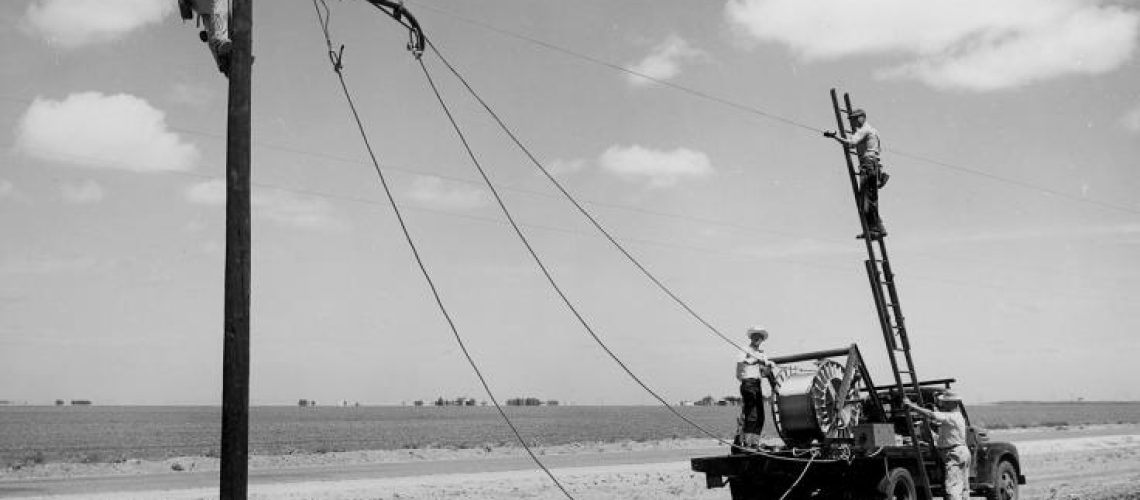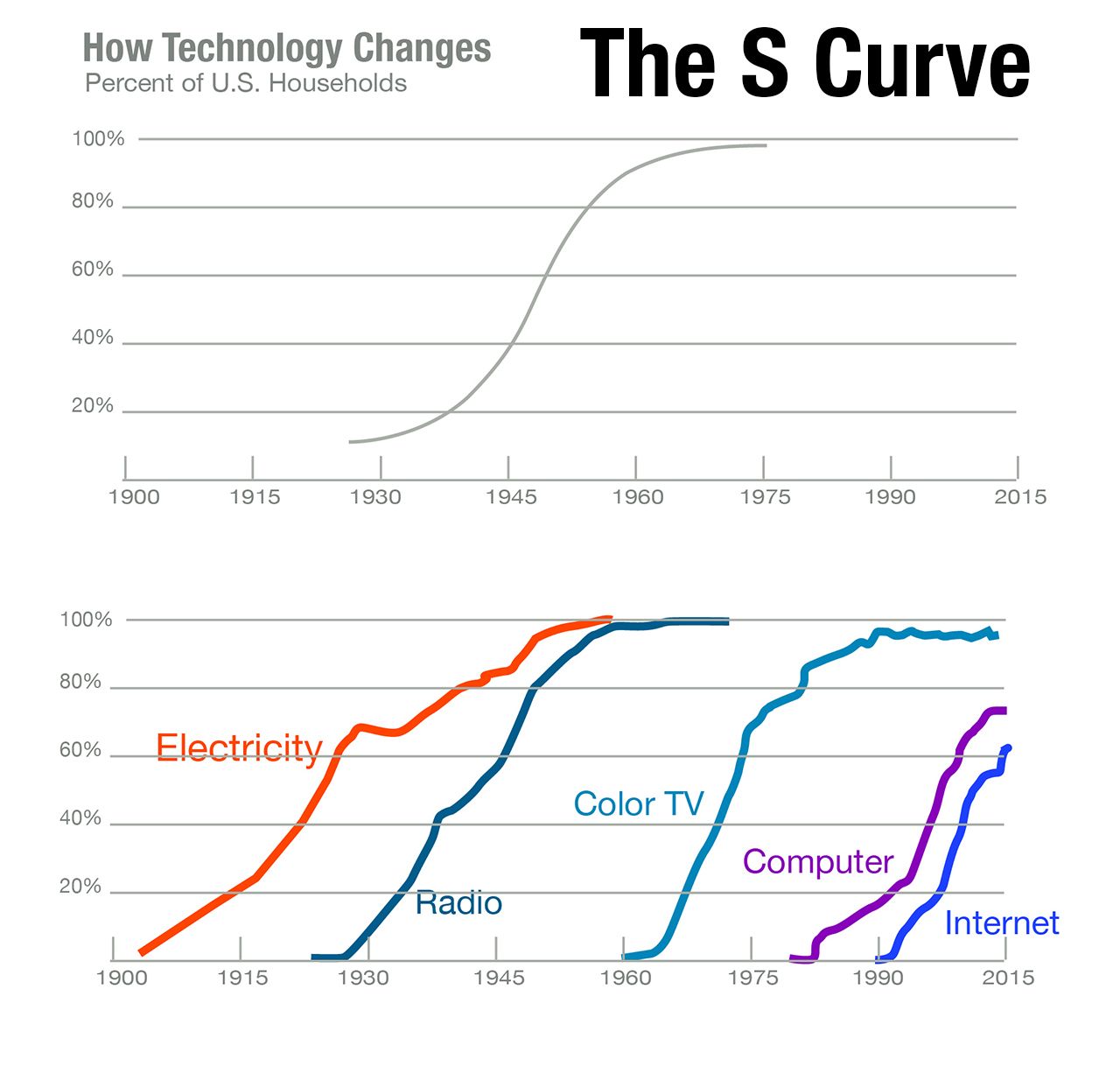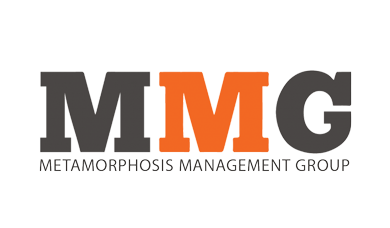Part 1: We’re Missing the Last Critical Steps In Change
Several Leadership Behaviors Drive Key Outcomes.
In 2019, pre-pandemic: I visited the sprawling acres of the Henry Ford Museum, a showcase for American ingenuity, innovation and industrial development over the last few hundred years. Among many captivating exhibits – one caught my attention. This exhibit detailed the process of electrifying homes in America.
The Henry Ford has several examples of the earliest electrical power generating stations, developed during the steam-age industrial revolution beginning in the late 1800s. Edison, Ford, International Harvester and others built these generating machines.
They were innovative, massive, powerful – developed to provide electric power for industry. AND as early inventors imagined, by the early 1900s, they were ready and able to power the homes of thousands of individual residences.
Except that another 60 years elapsed until electric power became commonplace in homes across America.
This is Hard Work
It turns out that building the machines to GENERATE the power was the easy part. A challenging and worthy technical problem.
Safely and effectively distributing power to residences: ideas and execution on that part of the challenge turned out to be difficult. Distribution was difficult not because the technical challenges were insurmountable. It was difficult due to the decentralized costs and complexity to build systems that served thousands of individual residential homeowners and electricity consumers. These costs and complexity to “complete the circuit” describe a “Last Mile” problem .
TODAY – leaders make decisions to change businesses in a shifting economic landscape. They choose new strategies; invest in leaders/talent to build new capabilities; install new cloud- and AI-based systems. They’re making these choices/ investments at a rapid rate, with economic uncertainty and threats of recession as the backdrop. And in the current climate, they make these decisions while awaiting the next dropping shoe on retirements and resignations.
Magical Thinking…
In our work with leaders engaged in making these change investments, we note that most engage in a form of “magical thinking”.
“If only… “,
- We get the system installed in time, …
- We can successfully adopt this new approach to building our business at scale, …
- When we acquire our #3 competitor, …
The magical thinking …doesn’t seem to recognize that there’s a “Last Mile” problem between deciding to pursue a good idea – and the final steps of seeing it come to fruition. (Yes, I’m talking to you, even if you’ve hired a brilliant strategist; recruited a new investor coming onboard to support your proposition; or signed a new contract with a customer). There’s a Last Mile problem, and there are many (or many, many, many) individual employees needed to help you to address it – all of whom must behave differently.
To create real acceleration, uptake, and value creation – organizations need their people onboard, leaning in, and fully engaged. To close the Last Mile gap, organizations need their people to quickly make important shifts in individual behavior, to support the specifics of the big change idea.
… Doesn’t Go Far Enough
But most major change efforts don’t close the circuit and maintain focus through the Last Mile. Completing the Last Mile is costly; takes time (more than we imagined); is complex, messy. To complete it requires engaging directly to create individual-human-level change.
Instead, most leaders (and consultants, and coaches), engage in Magical Thinking. We assume and trust that …
- the “obvious value” of the strategy/ change plan/ communication will be apparent. And then, that
- employees will correctly infer what the specific shift in their individual personal behavior should be – and will be ready, willing, and able to practice that new behavior.
The gateway to the Last Mile in change is to invite each person connected to the change to identify specific new behaviors that they’ll begin to use. For any change effort to succeed, leaders want staff to understand the implications intimately and personally for the change because it affects each of them. These are not grand visions of the “Big Change”, but specific changes identified by each person, reflecting shifts in their individual behavior. These are the shifts that bring the change to life.
Too often, for a variety of reasons, leaders pass by the communication and engagement steps that help people to see specifically what behavior they need to demonstrate, now.
Closing the Last-Mile Gap in Change
“So!” (many may say) – “We’ve addressed this. That’s what our change management processes are for!”
And for certain: Great change management work imagines the job aids, the user manuals, the tools, process outlines, systems, the communication – that employees will need. Most change management preparation creates good training; develops solid future-state big-opportunity statements; detailed user manuals. These may be helpful – but these supporting artifacts don’t go far enough. Rather: they may be helpful, and they are insufficient.
SIDEBAR: To Implement Strategy, People Must Know What It Is…
[AND Many Don’t!]
This Last-Mile post describes how important defining and executing on key behaviors is – to create real value from a change or strategy.
But before we get to the individual behaviors that help to support a strategy (or a shift in strategy) – we often find that people experience a gap in understanding. To behave in the right ways, people need to be able to understand what the strategy and direction is. But most employees in an organization often struggle to describe their organization’s strategy; indeed, most LEADERS in those same organizations fail to describe it coherently and consistently as well. This gap – the absence of deep understanding about the yes-and-no choices on objective, scope, and advantage – creates significant friction that slows down realizing value.
For more on this key step – including suggested processes for addressing it the breakdown – please see these references.
- “Strategy Isn’t What You Say, It’s What You Do”, Roger Martin, 6/18/14, Harvard Business Review.
- “No One Knows Your Strategy – Not Even Your Top Leaders”, D. Sull, C. Sull, J. Yoder, 2/12/18, MIT Sloan Management Review.
- ”Can You Say What Your Strategy Is?”, D. J. Collis, M. G. Rukstad, April 2008, Harvard Business Review.
Magical Thinking imagines that these change artifacts by themselves will help each employee to understand deeply and viscerally “what should I do next?” as a result. It assumes that each employee will be ready and able to undertake those specific behavioral actions. And then, that each employee will choose the right set of high-priority, high-value behaviors that support the new way of operating.
And beyond understanding and choosing: Magical Thinking imagines that each employee, in the course of their day-to-day demands, will practice and learn about/adapt that newly identified behavior, quickly, and faithfully.
Magical Thinking, of course, is shorthand for where our leadership breaks down.
To fully address Last Mile challenges, leaders will want to explicitly invite their people to join in imagining the needed, detailed and specific individual shifts in behavior. And then they’ll invite them to practice these behaviors and adapt them. These are the key leadership behaviors driving tangible outcomes from organizational change.
Magical Thinking, of course, is shorthand for where our leadership breaks down. And other forms of bias get in the way – that limit successful execution achievement.
Part 2 explores how leaders can help their teams get successfully across the finish line, more directly and effectively – keeping your teams connected and on track, achieving desired outcomes rather than falling short.
[See Part 2 The Last Mile in Organizational Change (2)




